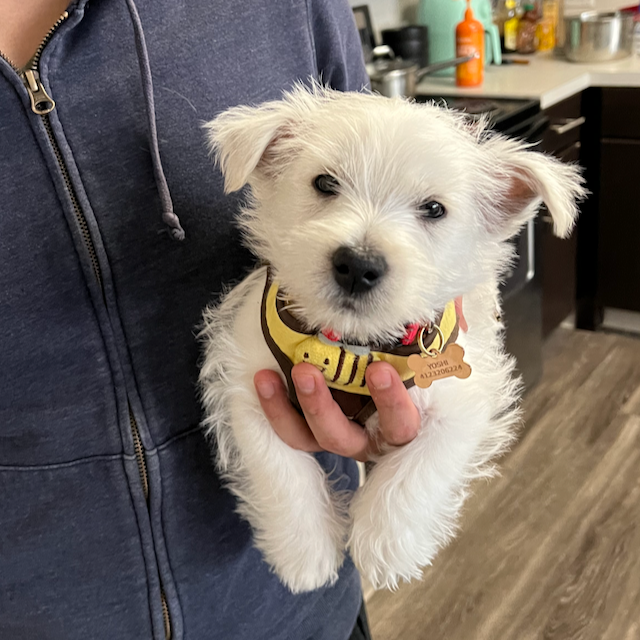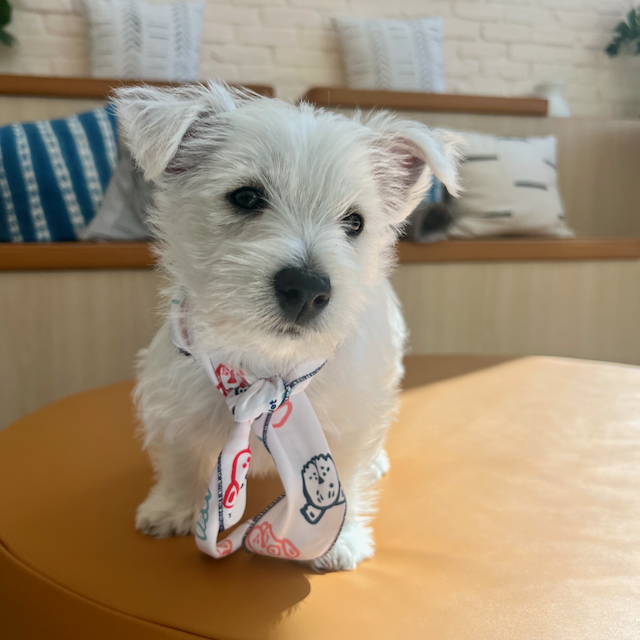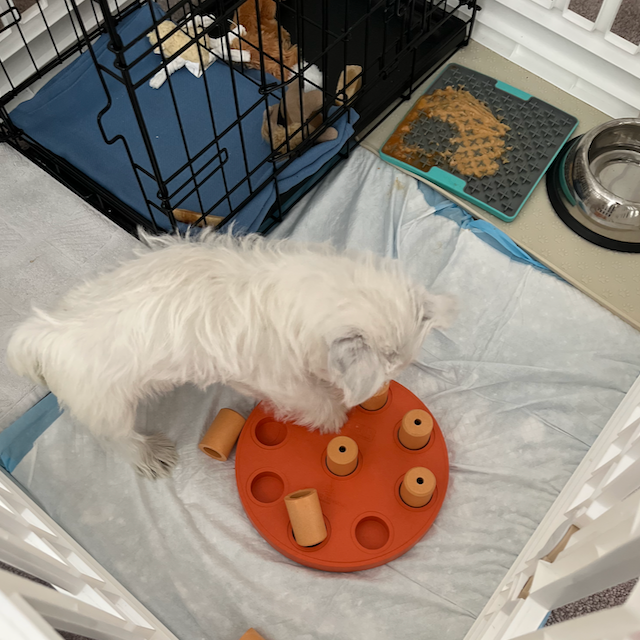Yoshi's Triumph Over Parvovirus
Introduction
As a dog owner, there are few experiences as heart-wrenching and terrifying as seeing your beloved pet suffer from a potentially deadly disease. Our Westie puppy, Yoshi, faced this terrible ordeal when he was diagnosed with canine parvovirus. This is the story of how he bravely fought the disease and made a remarkable recovery.
Bringing Yoshi Home
Yoshi was only nine weeks old when he joined our family, and our love for him grew exponentially from day one. He had received his first DA2PP vaccine at the breeder’s place, and on the second day with us, we took him to the vet for his second shot. Yoshi was the epitome of a happy, energetic puppy, and we couldn’t imagine the storm that was about to hit us.

Onset of Parvovirus
Just two days after his second vaccine, our once-energetic Yoshi began to sleep all day, showing signs of lethargy. Initially, we thought he was merely exhausted from playing. However, that night, he started having diarrhea, with watery stool and traces of blood. The next day, he began vomiting, and our hearts sank with worry.

We knew we needed help, so we sent him to the vet. The SNAP Parvo test confirmed our worst fears – Yoshi had parvovirus. We immediately sent him to the emergency room, where the vet told us he needed to be hospitalized as soon as possible.
About Canine Parvovirus
Canine parvovirus is a highly contagious viral illness that affects dogs, especially unvaccinated puppies or those with weakened immune systems. The virus primarily attacks the gastrointestinal tract, leading to symptoms like vomiting, diarrhea (often with blood), lethargy, and dehydration. The virus can also damage the heart muscles in some cases, leading to lifelong complications or even death. Parvovirus is transmitted through direct contact with an infected dog or contaminated surfaces, such as feces, food bowls, and clothing.
Yoshi’s Hospitalization and Treatment
Yoshi was hospitalized for 48 hours, during which time he received fluid therapy and antibiotics to help him manage symptoms.Initially, his bloodwork showed low levels of white blood cells, and he had no interest in eating. I stayed with him during the first night, watching my little fighter battle this horrible disease. His condition remained stable, and on the second night, he began to lick chicken broth, eventually eating again. My heart swelled with pride and relief, knowing that Yoshi was on the road to recovery.

Sanitizing Our Home
During Yoshi’s hospitalization, we took the necessary steps to sanitize our home to prevent reinfection or spreading the virus to other dogs. Parvovirus can survive for months on surfaces, making thorough cleaning and disinfection crucial. We used a bleach solution (1:32 dilution) to clean floors, food bowls, bedding, toys, and any surfaces that Yoshi had come into contact with. We also applied hydrogen peroxide on the carpet as it is less corrosive to surfaces than bleach.
The Road to Recovery
When Yoshi was discharged, Yoshi’s condition improved. He began eating, his blood glucose stabilized, and his other bloodwork results improved. The vet prescribed antibiotics, probiotics, and anti-nausea medication to aid in his recovery. We welcomed him home with open arms and lots of love, feeding him a bland diet of sweet potatoes and chicken to ease his digestive system. Day by day, we saw Yoshi’s strength and energy return, and our hearts overflowed with joy and gratitude.

Conclusion
Yoshi’s incredible recovery from parvovirus is a testament to his resilience and the importance of timely medical intervention. It’s crucial for dog owners to be aware of the signs of parvovirus and act quickly to get the necessary treatment.
Today, Yoshi is once again a vibrant, healthy, and playful pup, bringing endless joy and love into our lives. His triumph over parvovirus serves as a reminder that with love, perseverance, and the right care, our furry friends can overcome even the most challenging obstacles.
As dog owners, we hold the responsibility to protect our pets from harm. Let us all be vigilant in safeguarding their health and well-being. Together, we can prevent the spread of this deadly virus and ensure that our canine companions live long, happy lives by our sides.